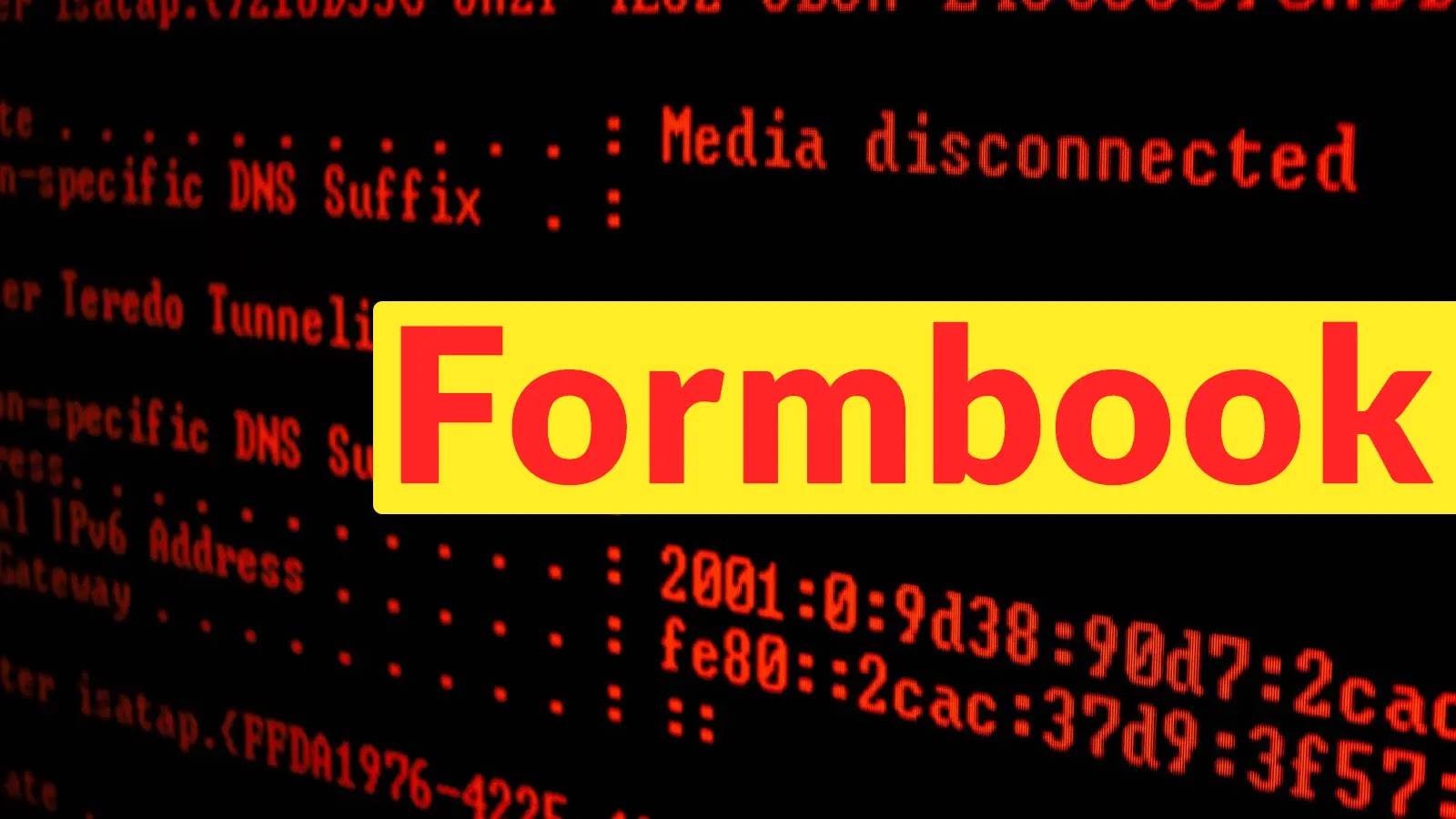FormBook Malware Exploits Weaponized ZIP Files and Multi-Layered Scripts to Evade Detection
A new wave of cyberattacks has emerged, leveraging the FormBook malware to infiltrate systems through weaponized ZIP archives and a complex, multi-stage scripting process. This sophisticated approach is designed to bypass traditional security measures, making detection and mitigation increasingly challenging for organizations.
The Attack Vector: Phishing Emails with Malicious ZIP Attachments
The attack initiates with phishing emails that contain ZIP file attachments. These emails are crafted to appear legitimate, often mimicking business correspondence to lure recipients into opening the attachments. Within these ZIP files lies a Visual Basic Script (VBS) file, deceptively named to resemble a standard business document, such as Payment_confirmation_copy_30K__20251211093749.vbs.
Multi-Stage Infection Mechanism
Upon execution, the VBS script employs several obfuscation techniques to conceal its malicious intent:
1. Delay Loop Implementation: The script introduces a nine-second delay before executing any harmful actions. This tactic is designed to evade sandbox environments that monitor for immediate suspicious behavior.
2. Obfuscated PowerShell Command Construction: The VBS script constructs a PowerShell command by concatenating multiple text segments, with the term PowerShell itself encoded numerically to avoid detection.
3. Payload Retrieval and Execution: The constructed PowerShell script downloads an additional payload from a remote server, often hosted on platforms like Google Drive, and saves it to the user’s AppData directory. Subsequently, the script launches the Windows Installer utility (msiexec.exe) and injects the FormBook malware into its process.
FormBook Malware Capabilities
Once installed, FormBook establishes a connection to its command-and-control (C2) server, enabling attackers to:
– Harvest Sensitive Information: The malware is adept at extracting credentials from web browsers, email clients, and other applications.
– Monitor User Activity: FormBook can record keystrokes, capture screenshots, and log clipboard data, providing attackers with comprehensive insight into the victim’s activities.
– Execute Remote Commands: The malware allows attackers to execute arbitrary commands on the infected system, facilitating further exploitation or lateral movement within a network.
Evasion Techniques and Challenges in Detection
The multi-layered scripting approach employed in this campaign significantly complicates detection efforts:
– Low Detection Rates: Initial analyses revealed that only 17 out of 65 antivirus programs identified the malicious VBS file, underscoring the effectiveness of the obfuscation methods used.
– Use of Legitimate Processes: By injecting malicious code into legitimate Windows processes like msiexec.exe, the malware reduces the likelihood of raising red flags during security scans.
– Dynamic Payload Delivery: Hosting payloads on reputable platforms such as Google Drive adds a layer of legitimacy, making it more challenging for security solutions to block the downloads without risking false positives.
Mitigation Strategies
To defend against such sophisticated attacks, organizations should implement a multi-faceted security approach:
1. Employee Training: Educate staff on recognizing phishing attempts and the dangers of opening unsolicited email attachments.
2. Advanced Email Filtering: Deploy email security solutions capable of identifying and quarantining suspicious attachments and links.
3. Endpoint Detection and Response (EDR): Utilize EDR solutions that can detect and respond to anomalous behaviors indicative of multi-stage malware infections.
4. Regular Software Updates: Ensure all systems and software are up-to-date to mitigate vulnerabilities that malware may exploit.
5. Network Segmentation: Implement network segmentation to limit the spread of malware in the event of an infection.
Conclusion
The resurgence of FormBook malware through weaponized ZIP files and intricate scripting underscores the evolving tactics of cybercriminals. By understanding these methods and implementing robust security measures, organizations can enhance their defenses against such sophisticated threats.



